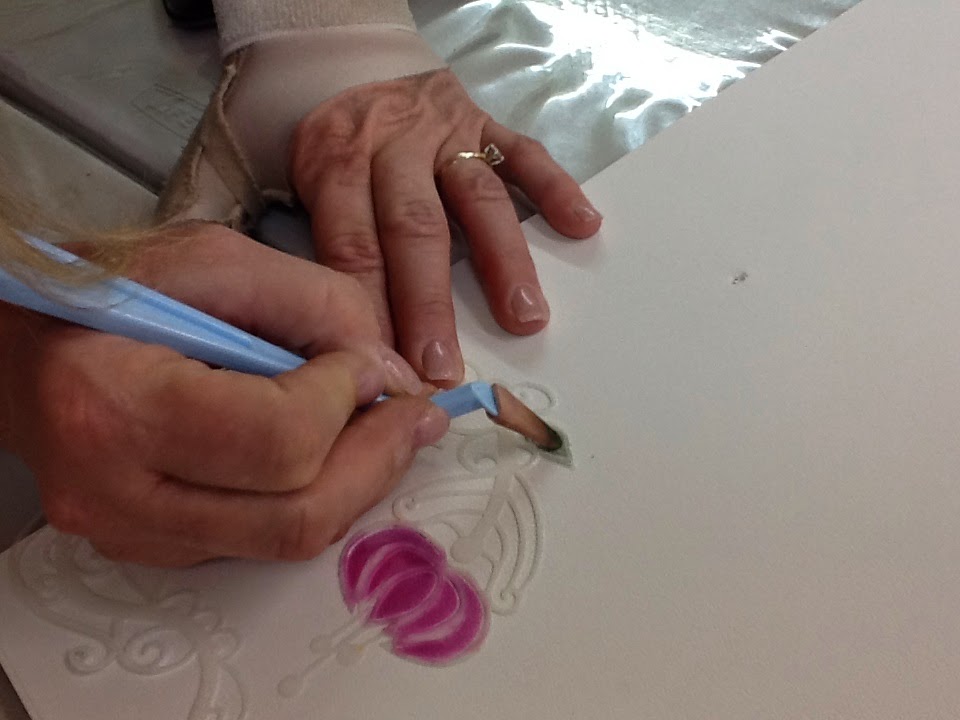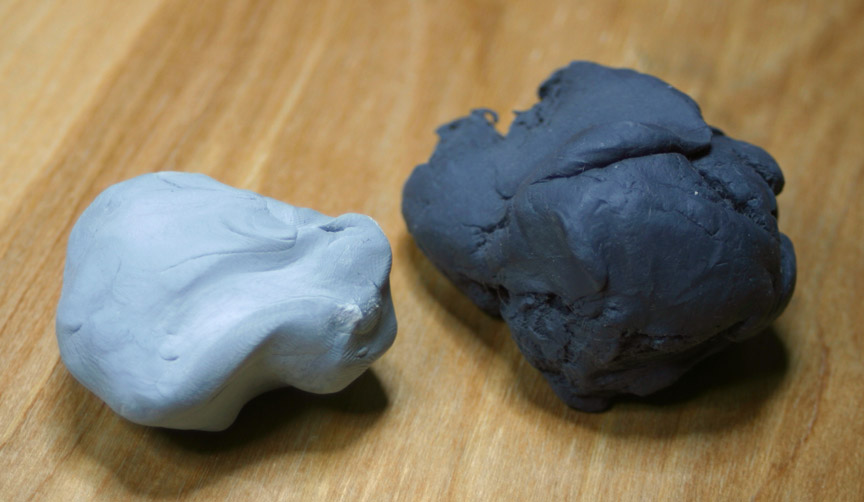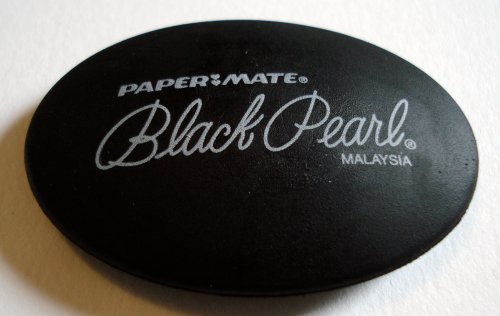Water Color Painting Tip #5 - Sealing Your Finished Painting
I used Krylon Fine Art Fixative to seal in this little painting.
.JPG)

Watercolor Painting on Gesssoed Hardboard
By Pamela Queen
I wanted to test out this great new product by Jack Richeson, Gessoed Hardboards. I wanted to see if it would accept watercolors easily. I used Daniel Smith watercolors, & Niji water brushes on the 4" x 4" tinted Natural White.
By Pamela Queen
I wanted to test out this great new product by Jack Richeson, Gessoed Hardboards. I wanted to see if it would accept watercolors easily. I used Daniel Smith watercolors, & Niji water brushes on the 4" x 4" tinted Natural White.
ScrappyCraft 511 N Main St. Phoenix OR 97535 (541)512-0040
www.scrappycraft.com
shop.scrappycraft.com
Scrapbooking~Card Making~Paints~Pastels~Book
Making~Drawing & Sketching~Jewelry Making~Calligraphy~Polymer Clays~Wood
Burning~Encaustic~& So Much More!



.JPG)
.JPG)
.JPG)
.JPG)
.JPG)
.JPG)
.JPG)
.JPG)
.JPG)
.JPG)
.JPG)
.JPG)






.JPG)
.JPG)
.JPG)
.JPG)











.JPG)









